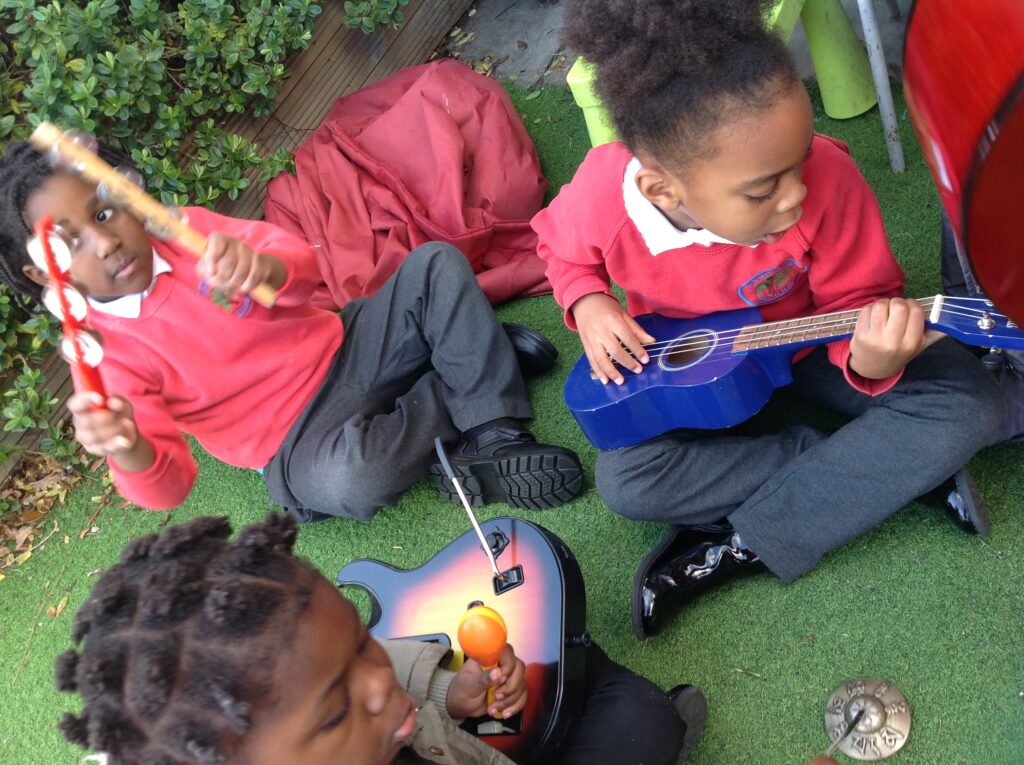
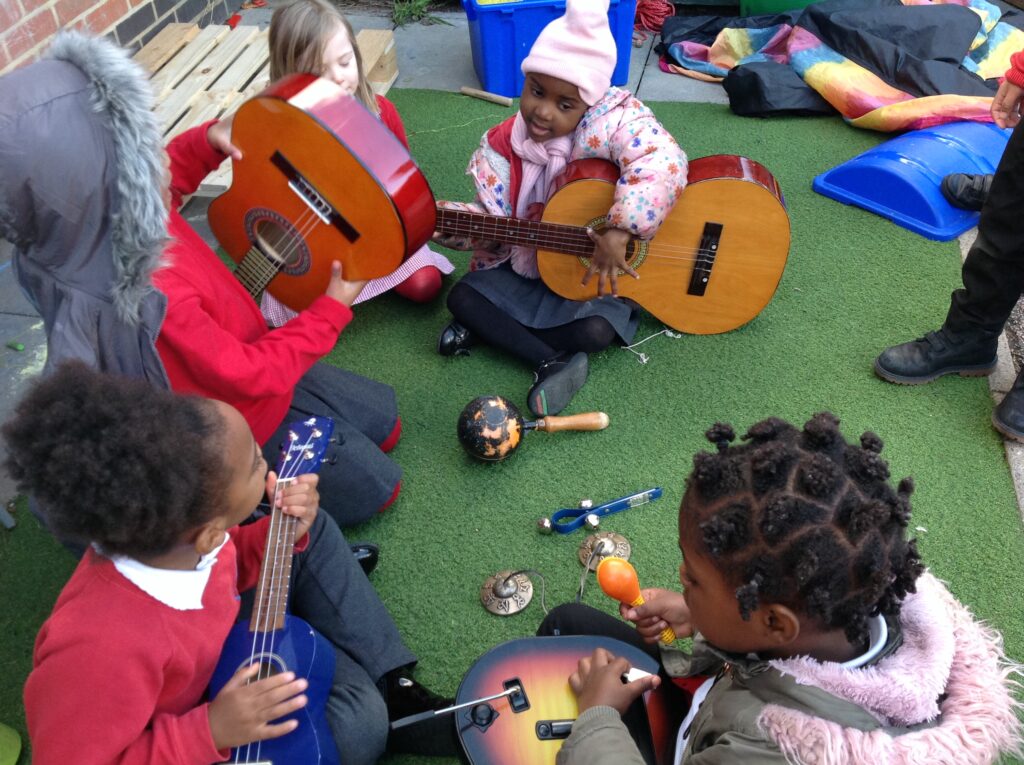
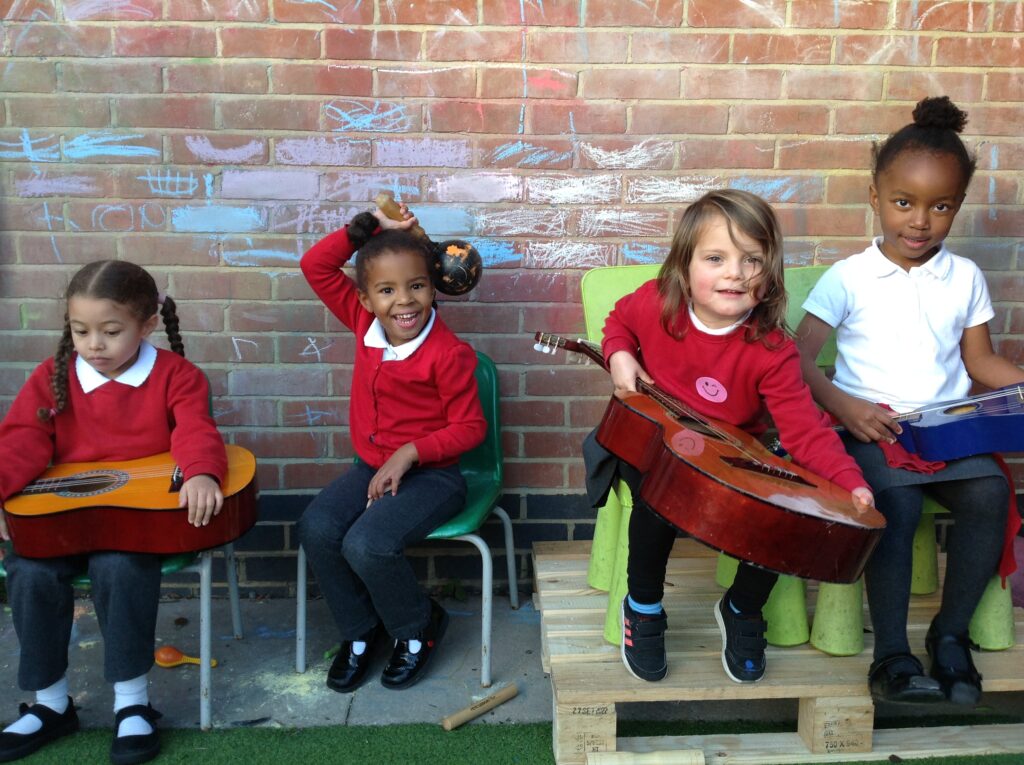
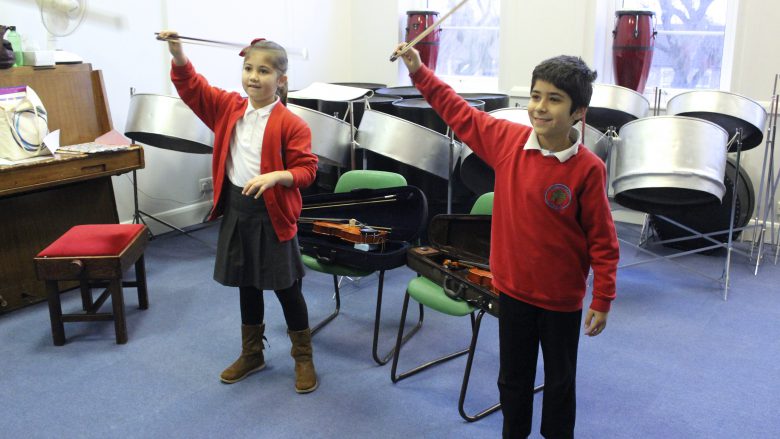
At Sandhurst Primary School we ensure that music is a continuous, integral part of school life, in which all our children become musicians. Our staff and students are enthusiastic and excited about music and have an enduring desire to learn more. All our students gain a wide range of knowledge and skills.
We have a dedicated music room which houses the majority of our musical instruments and where specific instrumental lessons take place. Classes are also able to use the room, when they want a more immersive musical experience, or to use some of our larger instruments.
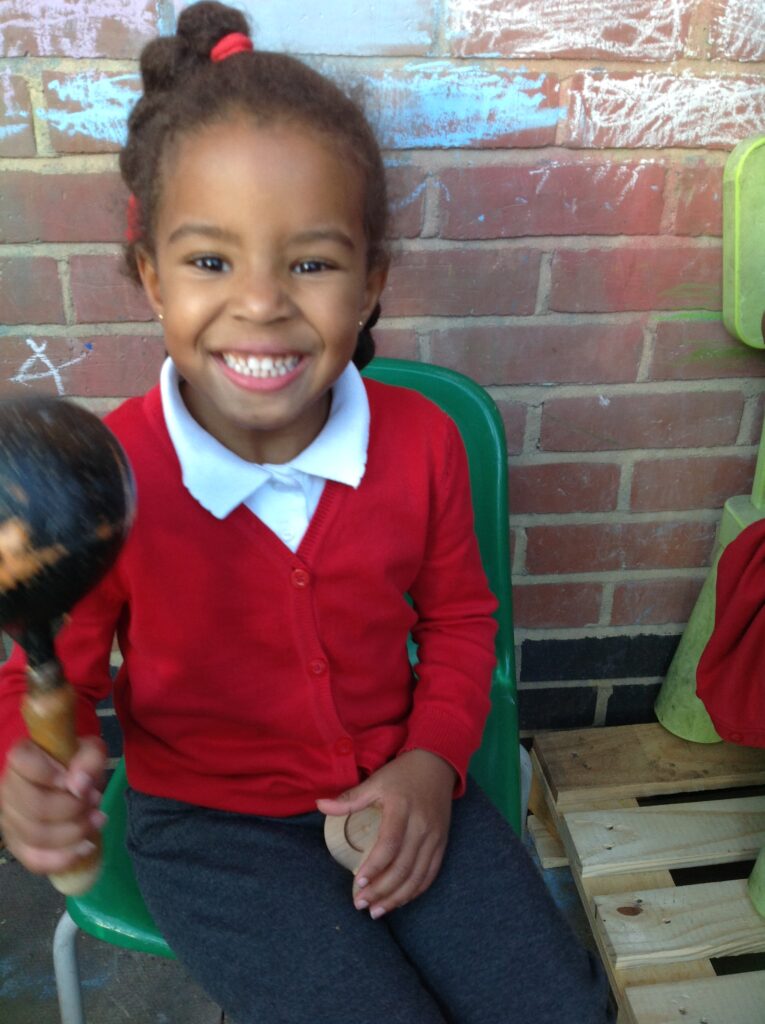
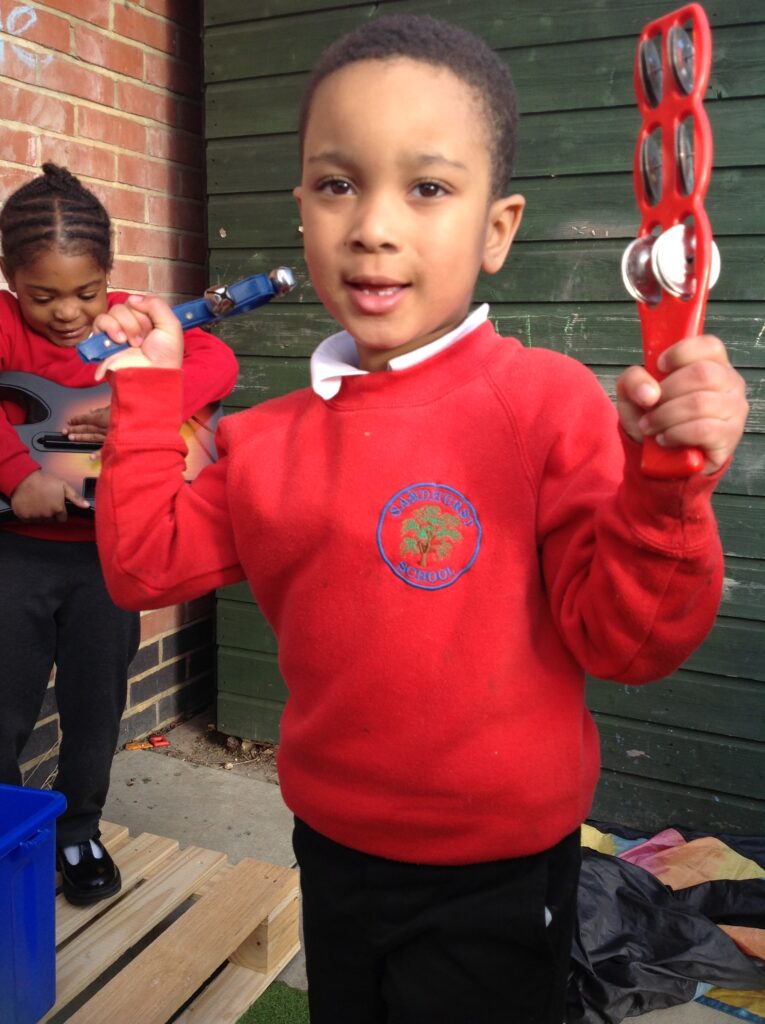
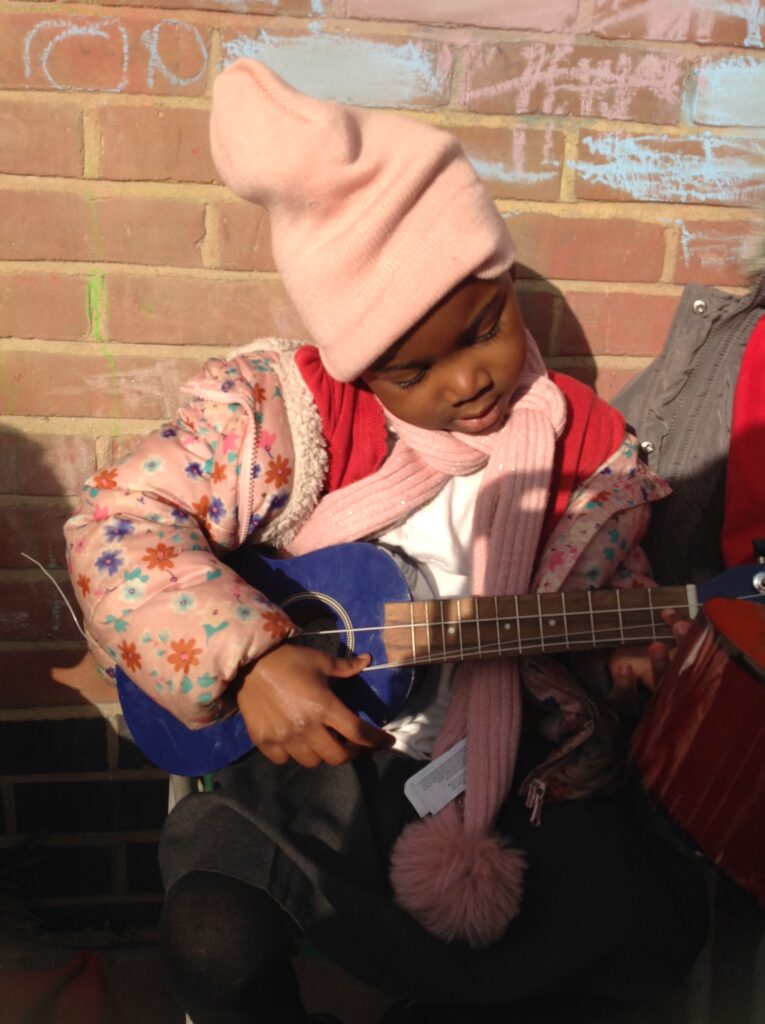
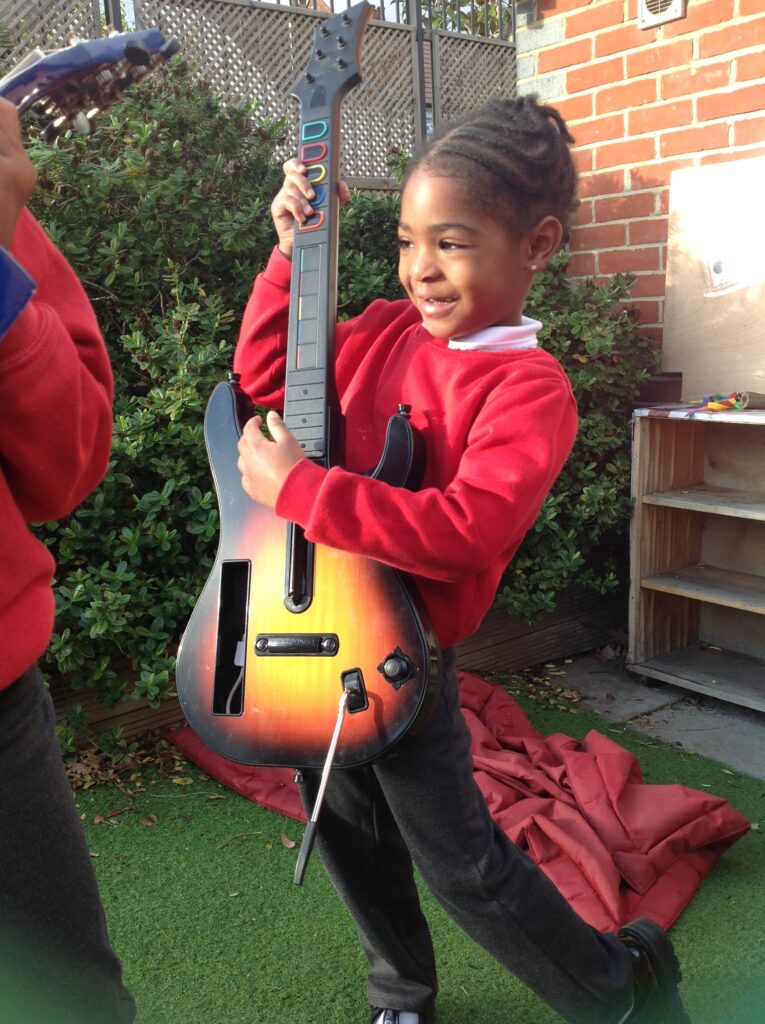
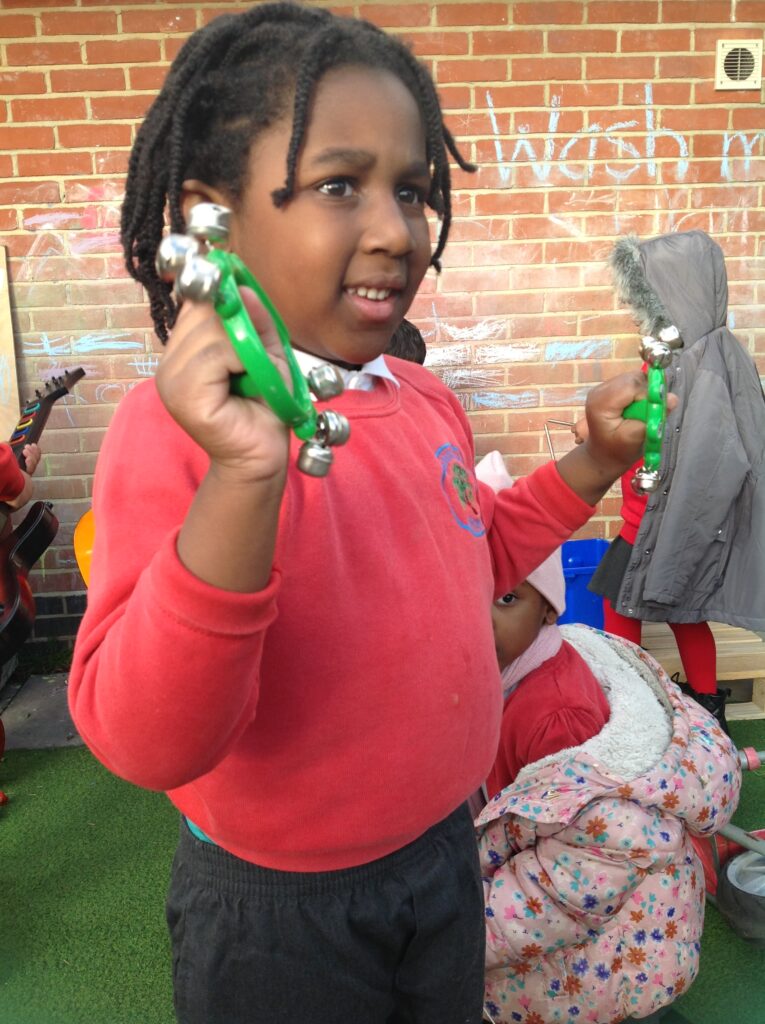
Music is primarily taught using the Charanga scheme, an exciting online music programme, alongside more focused activities to further embed skills. Charanga is invaluable when introducing and establishing basic skills, and can be used by teachers who aren’t necessarily music specialists. All musical learning in this scheme is built around the Interrelated Dimensions of Music: pulse, rhythm, pitch, tempo, dynamics, timbre, texture, structure and notation. These dimensions are at the centre of all musical learning. The scheme also provides progression of skills and knowledge throughout the school and revisits key elements every year.
See below for further detail about Charanga.
Music Assemblies
We also like to challenge and enthuse our students with singing/music assemblies across the whole school.
We have regular whole school listening and appraising assemblies, where we explore music from different traditions, composers and musicians and talk about their place in history. We use this time to further embed understanding of the dimensions of music and musical vocabulary.
During singing assemblies we also learn to use our voices expressively and with increasing accuracy and control. We also use our assemblies to create additional opportunities to perform and share our songs and instrumental work.
Performing for an audience
We have a KS1 and KS2 choir, who perform regularly at school events and as part of other community celebrations and occasions. (Did you know that when singing as a group, our heartbeats synchronise? Amazing!)
Different Year groups across the school year are involved in a wide variety of performances, such as Christmas nativities, springtime shows and end of year productions, which allow the classes to learn, practice and perform in front of an external audience. Children who are learning an instrument may have the opportunity to perform as a group or individuals to the school.
Learning an instrument
All children have the opportunity to learn to play an instrument during their journey through Sandhurst. In year 2, the classes learn the ukulele and in year 3, children have the opportunity to learn the recorder.
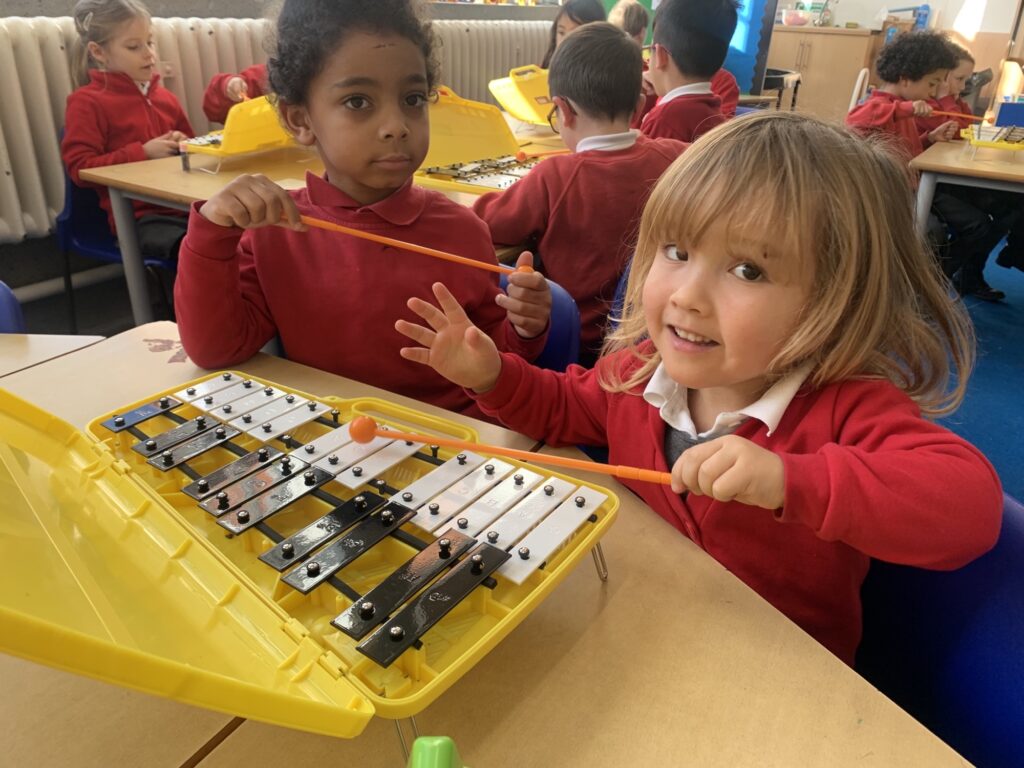
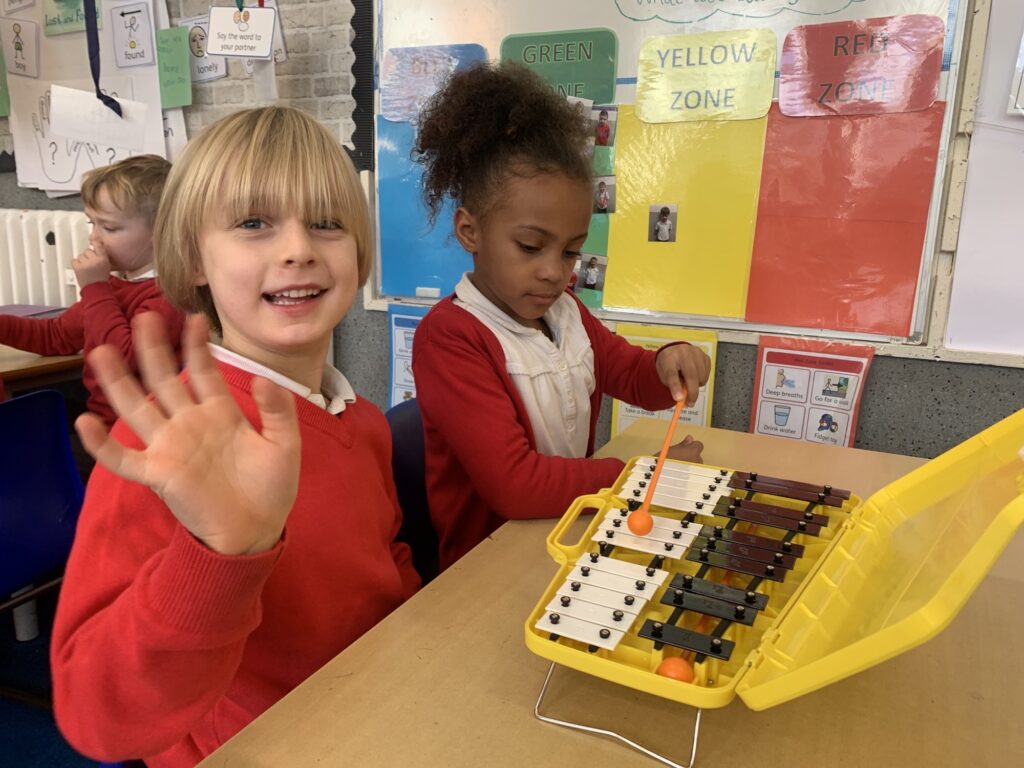
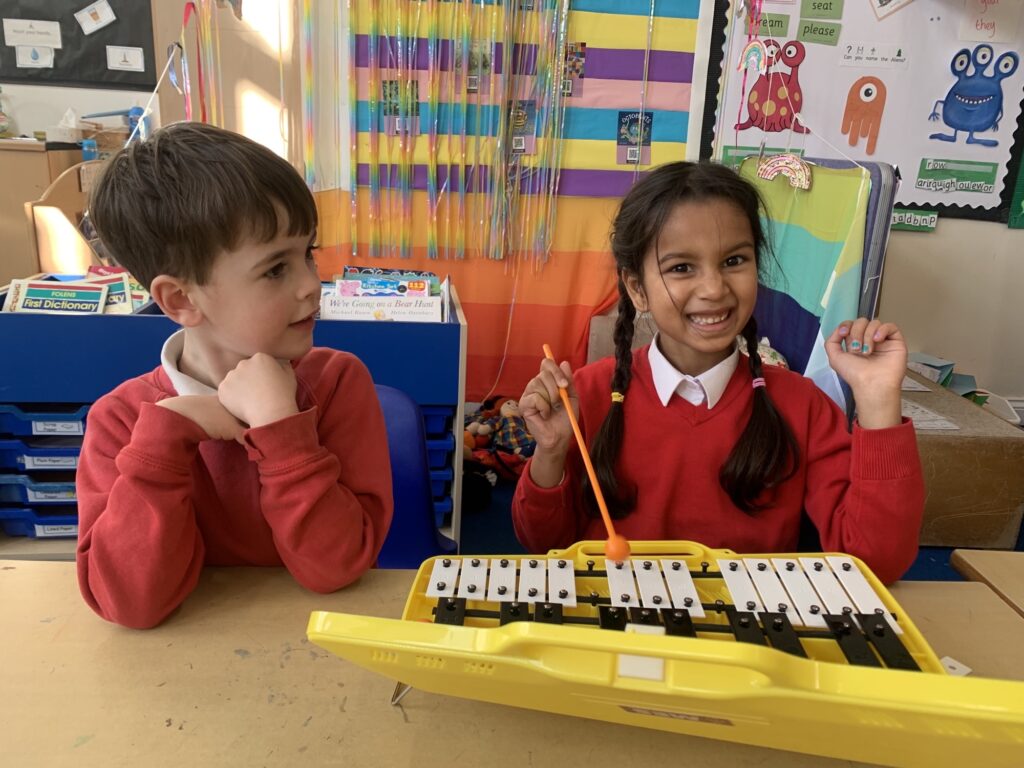
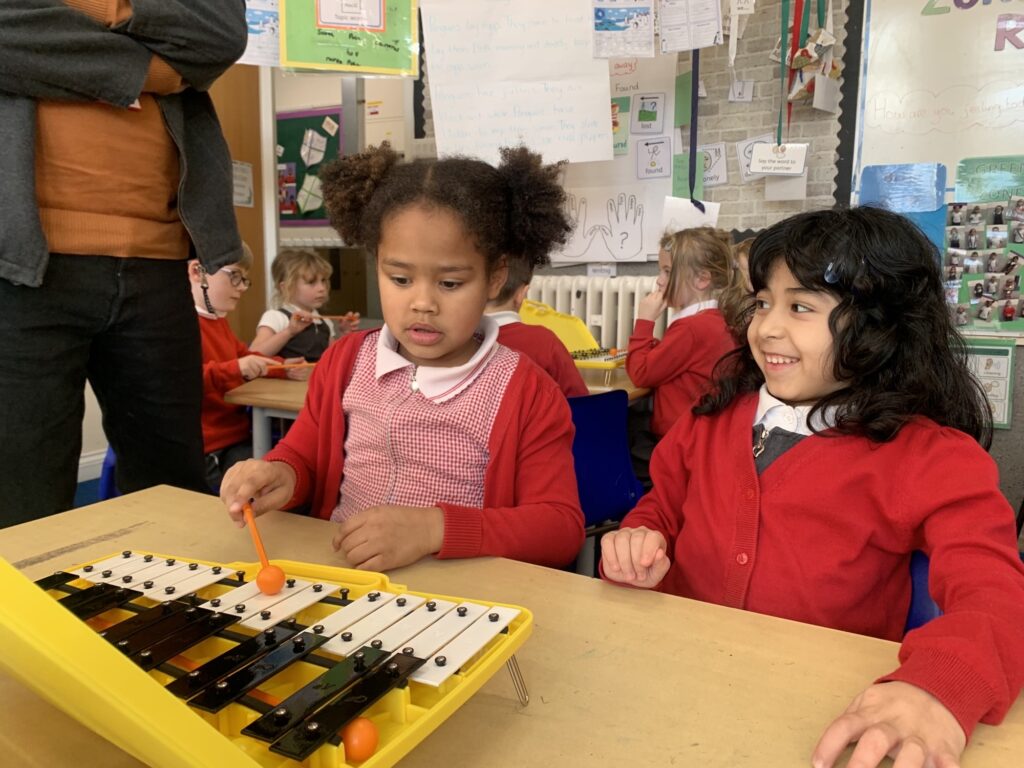
We also have a music specialist who works in school for 2 days a week offering instrumental tuition in flute, clarinet, piano, guitar, keyboards and steel pans. These lessons have to be paid for by parents/carers, although there are some subsidies for children who are entitled to Pupil Premium or who are ‘Looked After’ by a local authority.
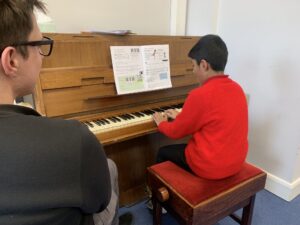
The Charanga Online Learning Platform
We follow the Charanga schemes of work in Key Stages One and Two, alongside an adapted scheme in the Early Years.
Using Charanga allows us to provide the children with fun and interactive lessons that fulfil National Curriculum requirements and ensures the progression and development of musical skills across our school.
Each Unit of Work allows for the development of listening and appraising skills, the understanding of musical dimensions, singing, learning musical instruments, improvising and composing.
Listening and Appraising activities expose the children to a variety of music from different traditions, styles, composers and musicians. As the children progress they will become increasingly aware of how to listen for, and talk about, the different styles, structures, dimensions and historical contexts of the music they are listening to.
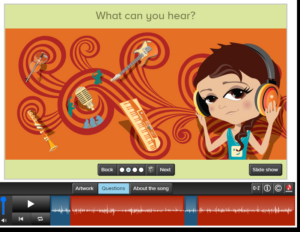
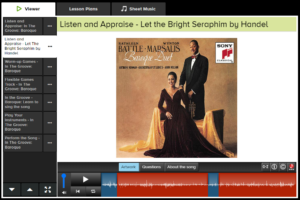
Interactive musical games focus on the understanding of musical dimensions; pulse, duration, rhythm, pitch, tempo, timbre, dynamics, texture, structure and notation.
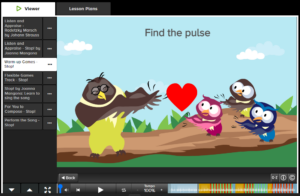
The children learn to sing by heart a wide variety of songs in different styles and are taught to use percussion and tuned instruments to play along with these songs. In Key Stage Two this includes exploring and using notated music.
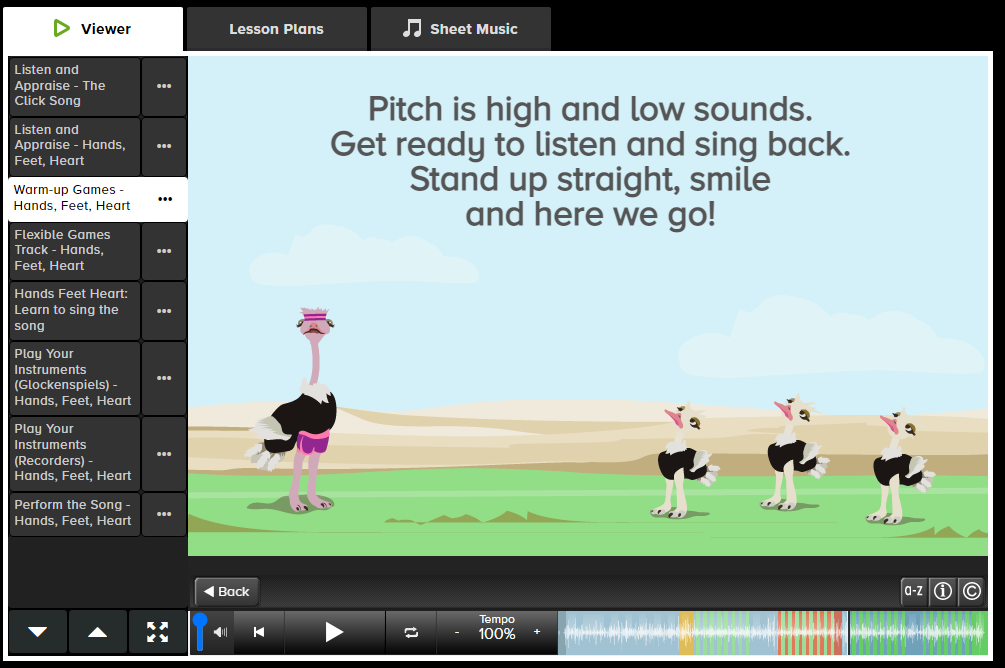
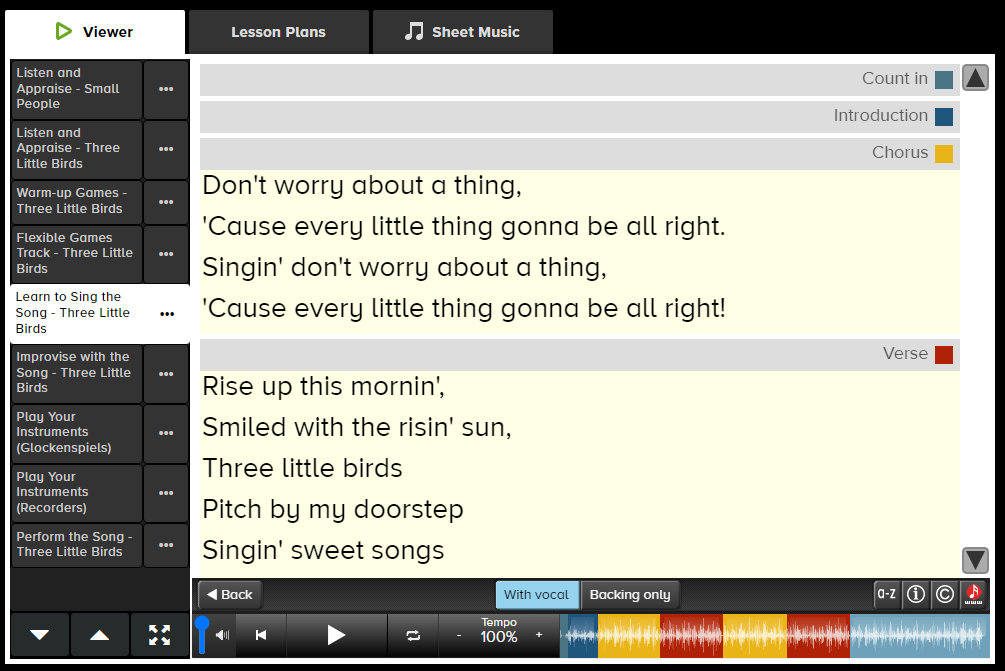
The children also use their voices and instruments to improvise and compose using their understanding of the songs they are learning. Moving onto composing their own melodies as they progress.
They are given opportunities to practise and perfect to perform to each other and larger groups within school.
